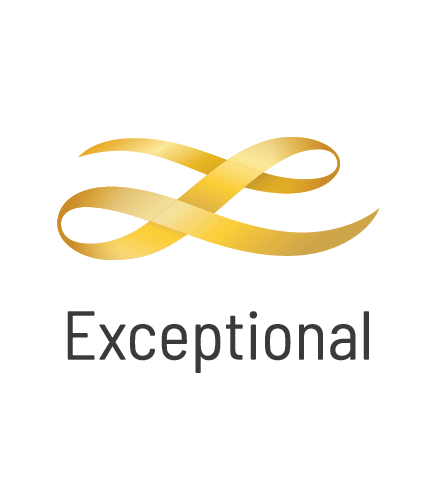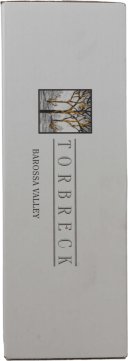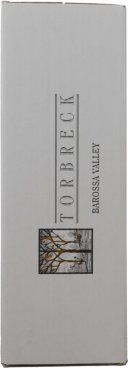Château la Fleur Pétrus Pomerol
Château La Fleur Pétrus is a Cabernet Sauvignon dominant red blend. Vintage 2010 has the great balance between the intensity of the fruits, acidity and oak flavour. Ripe black fruits and jammy cherries with a hint of meaty back tone. Full body with pronounced tannins, elegantly put together. Perfect for those who love to cellar their reds.
Vieux-Chateau-Certan
Clos Mogador Priorat
Intense, mineral-accented aromas of cherry, cassis and violets. Juicy with sweet dark berry flavours, bitter chocolate and candied flowers. Powerful and vibrant with excellent balance and clarity. Fine-grained tannins lead a long, spicy, penetrating finish. It will age gracefully.
Cullen Vanya Cabernet Sauvignon
Certified biodynamic, the Cullen Vanya is 97% Cabernet Sauvignon complemented by 3% Petit Verdot. Aged in new French oak of which 50% was new for a period of 19 months. Totally opaque dark red black colour with a dark red hue. Intense but beautifully refined the nose offers up aromas of blackcurrant and mulberry laced with cedar and tobacco characters followed by hints of cigar box, faint bay leaf and spice. Medium weight the palate is the perfect marriage of richness, elegance and power delivering sublime flavours of blackcurrant, ripe mulberry and dark cherries seamlessly integrated with cedar, tobacco and spice characters. Exquisite finesse with exceptionally fine grained, polished tannins. Very long after-taste of blackcurrant, ripe mulberry, cedar faint tobacco, cigar box and spice that seems to sail on forever.
Domaine Mongeard-Mugneret Les Boudots 1er cru
This Premier Cru wine comes off a small plot of old vines on the Les Boudots 1er Cru vineyard in Nuits-St-Georges. Firm and robust, with distinct blackberry fruits and earthy nuances the wines pronounced slightly rustic tannins, lend it the structure to age gracefully for up to two decades.
Château Smith-Haut-Lafitte Pessac-Léognan
An upswing in quality over the past decade or so, has resurrected Chateau Smith-Haut-Lafitte's position amongst Bordeaux Chateau. New ownership breathed life into exceptionally positioned vineyards, now farmed with less chemicals, with a more sympatico approach in winery. Famed winemaking consultant Michel Rolland is an additional feather in Smith-Haut-Lafitte's cap, enhancing the wines concentration, power and depth, while maintaining a finesse. Though full-bodied, the wine from 2010 will be approachable a little earlier than most other fine Bordeaux, with more moderate tannin - that being said, it's life will stretch several decades too.
Torbreck RunRig Shiraz
The flagship of the Torbreck stable. Recently been elevated to 'Exceptional' status in Langton's Fine Wine Classification, it is a wine of utmost power and density. Famous for rich concentration and opulent power, this exceptional Australian Shiraz is as popular abroad as it is at home. Definitely one to place in the cellar and simply forget about - let the patience reward you over 10 or more years time.
Yarra Yering Dry Red No 2
From some of the earliest plantings of Shiraz in the Yarra Valley with vines dating back to 1969. Shiraz (96%) co-fermented with small parcels of Viognier, Marsanne and Mataro aged 12 to 18 months in 50% new French oak barrels produces a wine that is perfumed and feminine with the tannins and acidity as integral to the wine as the fruit. Proven to age for 25+ years, Yarra Yering Dry Red No 2 was the first Cote Rotie style blend made in Australia
Château Ducru-Beaucaillou Saint-Julien
Standing out from the crowd with its distinctive yellow/brown label, Château Ducru-Beaucaillou was the first second growth producer to break away from the crowd and start to attract higher prices and create the
Château La Mission Haut-Brion Pessac-Léognan
Regarded by many as a candidate for wine of the 2009 Bordeaux vintage. A huge accolade indeed for La Mission Haut-Brion considering the quite phenomenal wines being released. The 2009 can boast a colour that is almost impenetrable and a exciting bouquet of blackberry, truffles and spicy earth. The concentration of the palate is something to behold itself. A vinosity that is hard to find elsewhere, the flavours in the mouth follow on from the nose in nice order, yet the sheer power of the wine quite extraordinary. Layers of flavours continue throughout the palate and continue well into its length. Will no doubt be in short supply as all clamour to get a piece of this Bordeaux masterpiece.






























